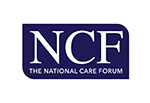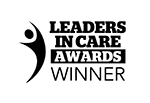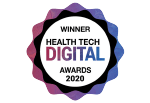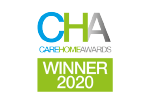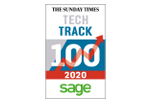From 32 to 3 distressed behaviours in just two months with PainChek
PainChek’s benefits and impact were seen almost immediately. For example, we had a particular case where we were caring for a gentleman who was living with dementia; he tended to display challenging and distressed behaviours and when we were originally running the pilot of PainChek, we discovered that those behaviours were linked to pain that he was suffering but was nonetheless unable to communicate to us properly.
PainChek was able to harness the latest advances in AI facial recognition technology to map out his facial expressions from a number of different angles, examining the resident’s face in detail totally impossible to the human eye, and use that information to inform us that he was in fact in pain and gave us data on the degree to which he was in pain. So, from there, it was a matter of reviewing the medication, changing his medication and reviewing it again based on the assessments that were done with PainChek.
This led to a significant improvement in his wellbeing, so much so that in the first month he was displaying 32 instances of distressed behaviour, but after we used PainChek to identify the pain he was in, by the end of the second month he was down to just 3. Needless to say, that is a very powerful way to improve the way people with dementia live, because in this day and age no one should be in pain in a care home; they shouldn’t even be suffering mild pain, I just don’t believe there is any need for it in anything but exceptional circumstances.
There is always something that can be done to help, and now with PainChek we have what we need to bridge that gap between communication and action pain that might exist with residents who are in the later stages of dementia. Beforehand, we could only use the Abbey Pain Scale, which is inherently subjective, but with PainChek we have the hard data on which we can base our decisions, alter medications – meaning we are often now less reliant on anti-psychotic medication or sedatives which were sometimes the go-to option before – and include in assessments.
The community benefits of PainChek
It’s only natural to assume that the significant benefits of PainChek are just for the residents on an individual basis, but what we have found is there are many benefits for care homes more generally, including other residents and staff members. It can be the case that when a person living with dementia is in pain, but is unable to communicate this pain, their behaviours, which become distressed, can have an impact on the wellbeing of other residents within the care home.
When people living with dementia are unable to communicate to staff about the pain they are in, they can become very unsettled, and it’s often the case that other residents will also become unsettled too; it can be a bit of a chain reaction of sorts, and it becomes more difficult for the care staff to provide a positive and calming environment for the residents about whom they care a great deal and for whom they always strive to provide the best quality of life and person-centred care possible.
But by using PainChek to evaluate and treat issues around pain to a much higher standard, and therefore reduce distressed and unsettled behaviours in residents, we have found it has had a calming effect on the entire home, and the community is much more settled and able to enjoy a greater quality of life.
PainChek has not just benefited the residents, but it’s also benefitted staff in a number of different ways; the staff in care homes spend a lot of time with residents and as a result they develop strong bonds with them, and it can be distressing for care staff to witness unsettled behaviours but not truly be able to understand why they are happening, and therefore not be able to help as much as they want to. But with PainChek, it takes the guesswork, and the concern, out of pain assessments and corresponding responses, and not only does it give care staff more piece of mind, but it also allows them to focus their extra time and mental energies on spending more time with residents doing the things they enjoy.
Regional Support Manager Janina John’s favourite feature of PainChek
Of the many benefits that PainChek has to offer, there are two specific features that are my favourite. Firstly, the ease and availability of the assessments have helped us to really streamline our care management due to PainChek’s integration with Person Centred Software’s digital care planning system (mCare).
The integration is completely seamless because once you do the assessment, it is pulled through to the shift report automatically and added in as a care note. So, when staff are handing over from a day shift to a night shift, for example, if somebody had been experiencing a great deal of pain during the day, how that pain was assessed and any actions taken as a result would be right there in the shift report, pulled through automatically. As a result, the improvement in communication between staff members has been profound and it saves us a lot of time as well because everything we need is in one place.
Secondly, the ease-of-use; within one click, you can see when the last assessment was done, what the rating was, and how the pain has been managed over the last couple of days, or even down to that specific day. It’s easy and quick to use, which for a busy care home, is the perfect combination.
Overall, not only would I wholeheartedly recommend PainChek – in fact, I have been recommending PainChek to others – I would definitely recommend integrating PainChek with a care management system like Person Centred Software’s mCare and their market-leading products. Person Centred Software’s Connected Care Platform gives you all the tools you need to provide the best quality of life and the best person-centred care possible.




.png?width=163&height=191&name=janina%20john%20(harbour%20healthcare).png)
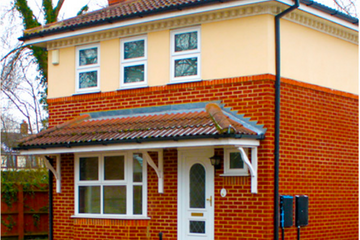



.webp?width=80&height=80&name=HTD%20Awards%202023%20Badge%20(4).webp)




